Thierry Ducret, Watchmaking Teacher Turned Indie Watchmaker and His First Watch
The first (rather impressive) watch of an instructor turned independent watchmaker.
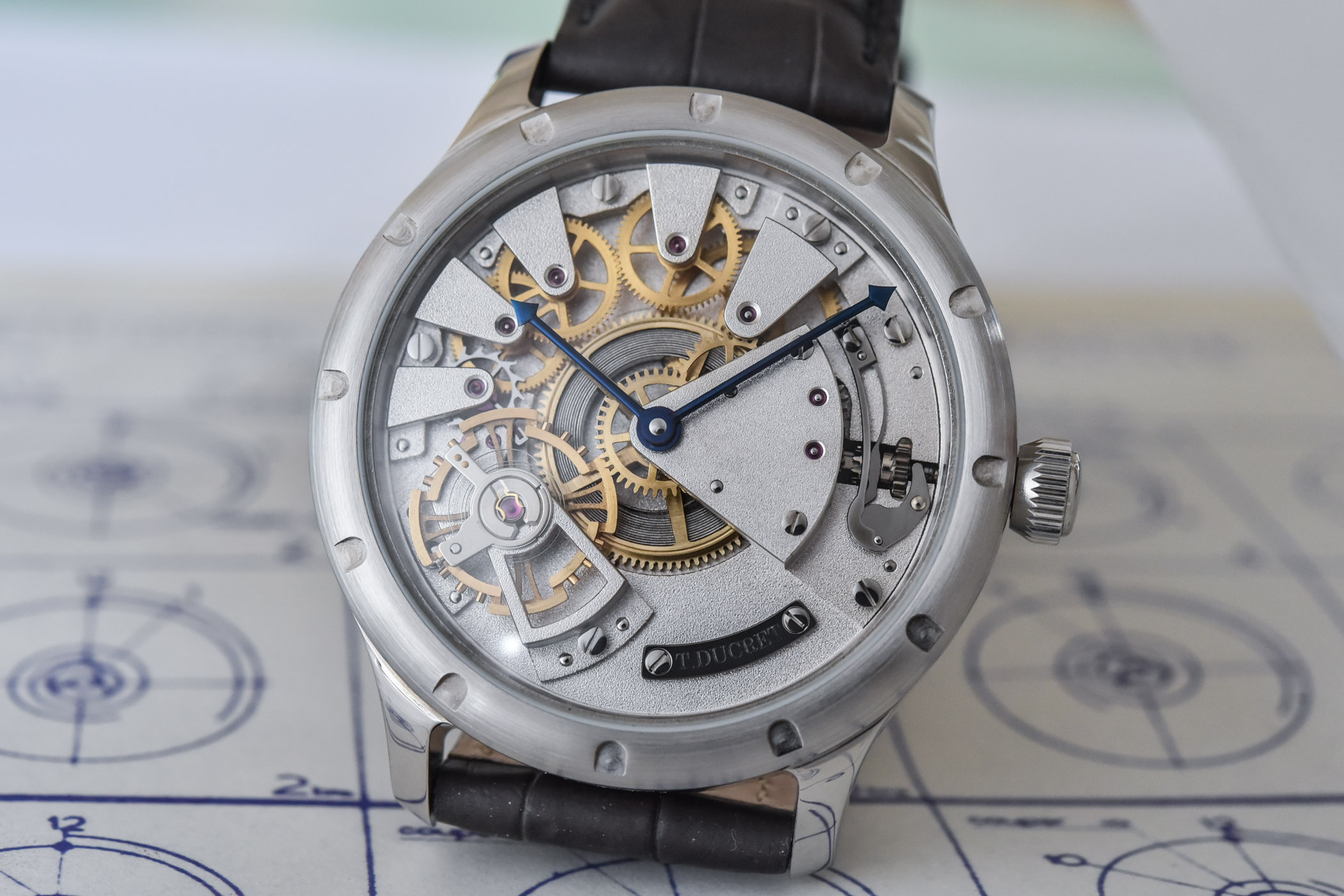
Fifty-eight-year-old Thierry Ducret has been teaching watchmaking in the Lycée Edgar Faure in Morteau since 1996. This watchmaking school is one of the most prestigious in France and has trained dozens of skilled craftsmen, working for some of the most exclusive brands… If you are into indie watchmaking, many of the French “Nouvelle Vague” of young craftsmen graduated there – among them, Remy Cools, Cyril Brivet-Naudot, Luc Monnet, Theo Auffret or Colin de Tonnac… After over 25 years dedicated to the transmission of knowledge, accompanying students into creating their own school watches and into preparing for their future career, Thierry Ducret is now presenting his first creation as an independent watchmaker. And it is well worth a close look.
As you may imagine, this watch is not the first crafted by a man whose life has been dedicated to watchmaking. Thierry Ducret has made a few for himself. And he has also worked behind the scenes on several restoration and development projects for prestigious brands. But, what you see here today is the first timepiece he has publicly presented under his own name.
Don’t expect a watchmaking-teacher, Meilleur Ouvrier de France in 2007 (best craftsman of France) to order parts to assemble his watch. Nearly all components have been entirely handcrafted. The levers, the springs, most wheels (only a few are from a Unitas 6497), the bridges, the mainplate, the balance wheel, the stainless steel case were all manufactured in his workshop in Flangebouche, using traditional tools and machines (a 6mm Lorch lathe, a Schaublin 102 lathe equipped for cutting-milling, a Hauser M1 jig boring machine, a Meyrat and Luisoni type F1 milling machine, a Manurhin KMX 80 milling machine, hairspring counting tool…) The hands are flame-blued. The few components that were manufactured by third-parties were purposely made with neighbour companies: the crystals were made in Morteau and the leather strap by SIS in Avoudrey.
The inspiration for the watch emerged from Thierry Ducret’s admiration for La Tradition by Breguet and its distinctive movement. From there, his idea was to showcase the openwork barrel and the time display on the same central axis, right in the centre of the watch, which required a specific construction. Subsequently, the gear train, escapement, balance wheel and their stepped bridges are located at the periphery between 7 and 1 o’clock. The space between 2 and 4 o’clock is dedicated to the keyless works. Last, a finely polished plate bearing the watchmaker’s name is screwed on the movement at 5 o’clock. The original architecture of the movement and its understated micro-blasted finish create a striking look, bringing an interesting modern yet classic style. Flip the watch over and the exhibition caseback offers an unimpeded view of the movement’s mainplate that is also micro-blasted.
The watch is presented in a 45mm steel case with a prominent rounded bezel with notches to mark the hours. Although the case has been hand-manufactured, it is water-resistant to 30m. It is beautifully finished with alternating brushed and polished surfaces. It is worn on an alligator leather strap produced just three kilometres away from Flangebouche, where Thierry Ducret has set his workshop. It is fitted with a steel folding clasp. The watch is rather on the large side and it has a strong wrist presence with its architectural movement on display.
There is no fixed retail price set for the watch at this stage. Thierry Ducret crafted the first watch over the past three years (alongside his teaching activity and other occupations). It will retail for over EUR 50,000. The plate on the caseback now mentions 1/10, but this might change. In any case, the production will be ultra-limited as he crafts all watches by hand and by himself.
For more information, please visit www.thierryducret.com.

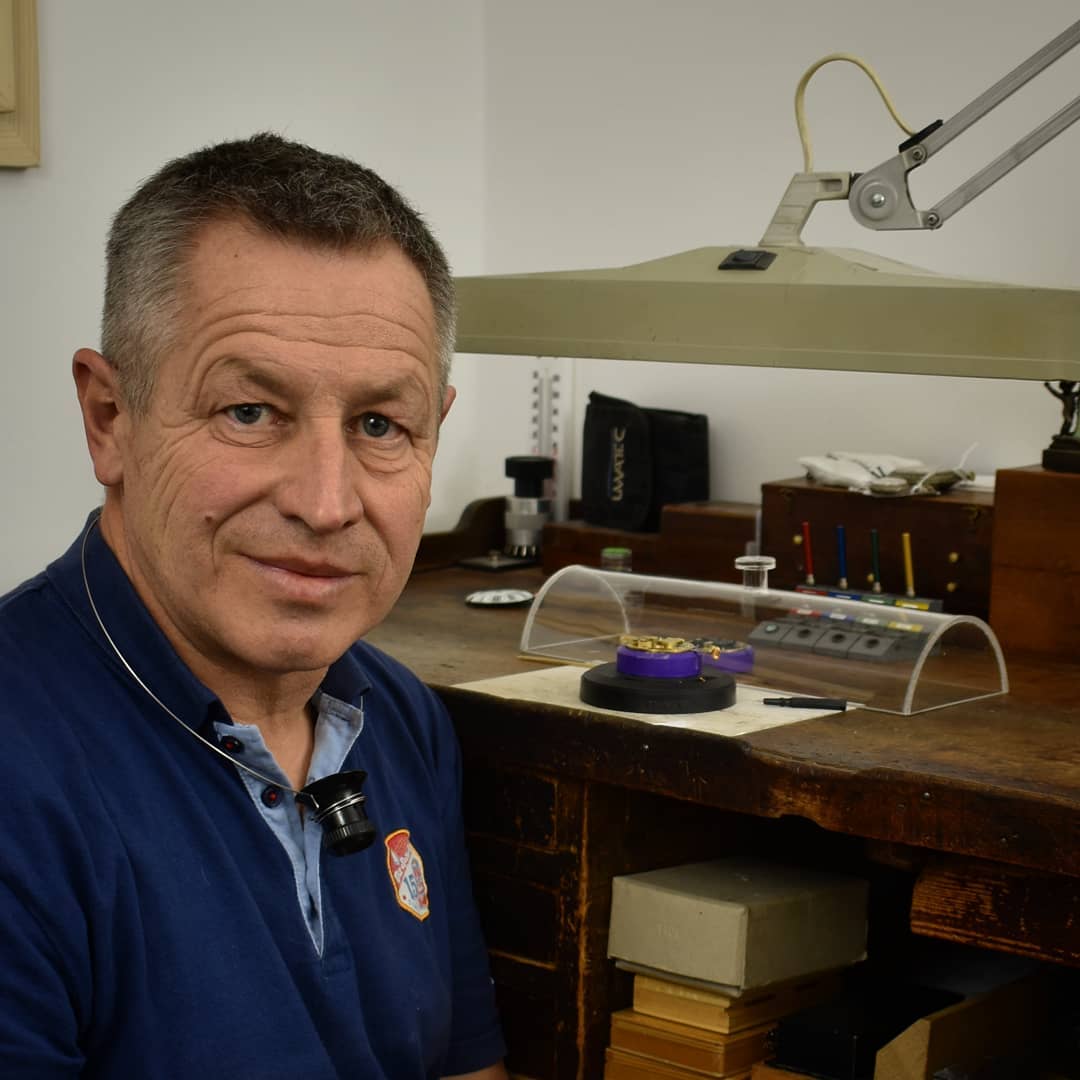
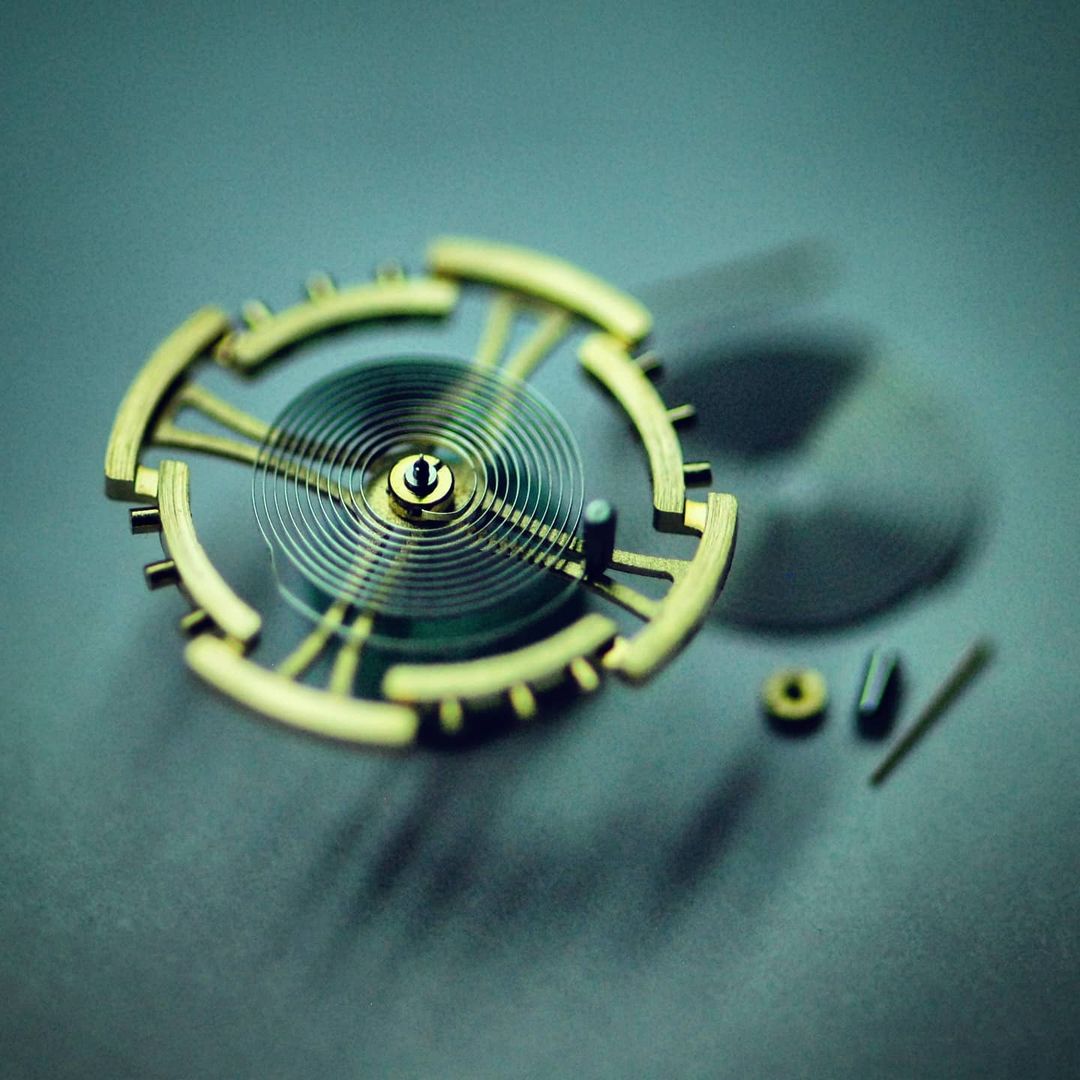
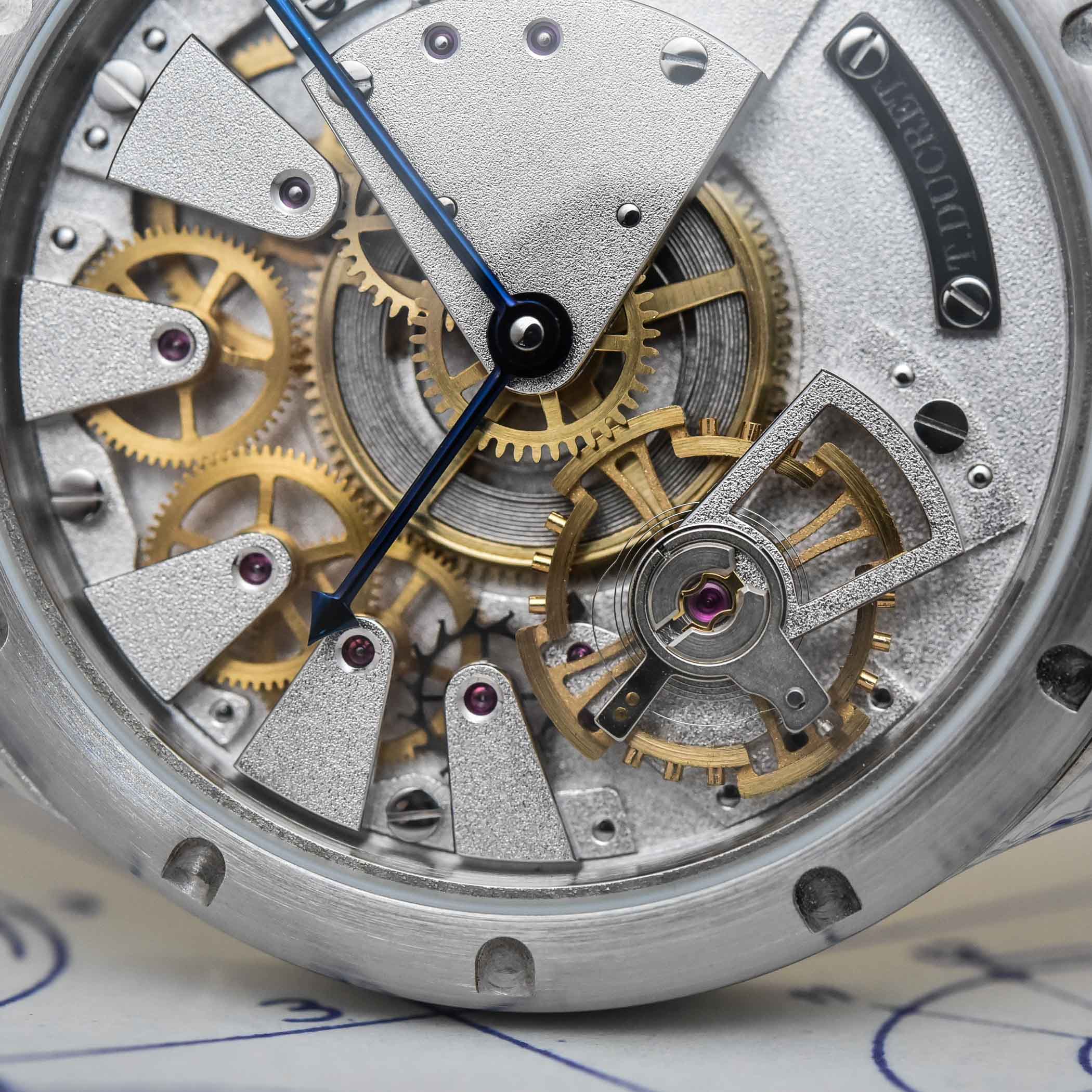
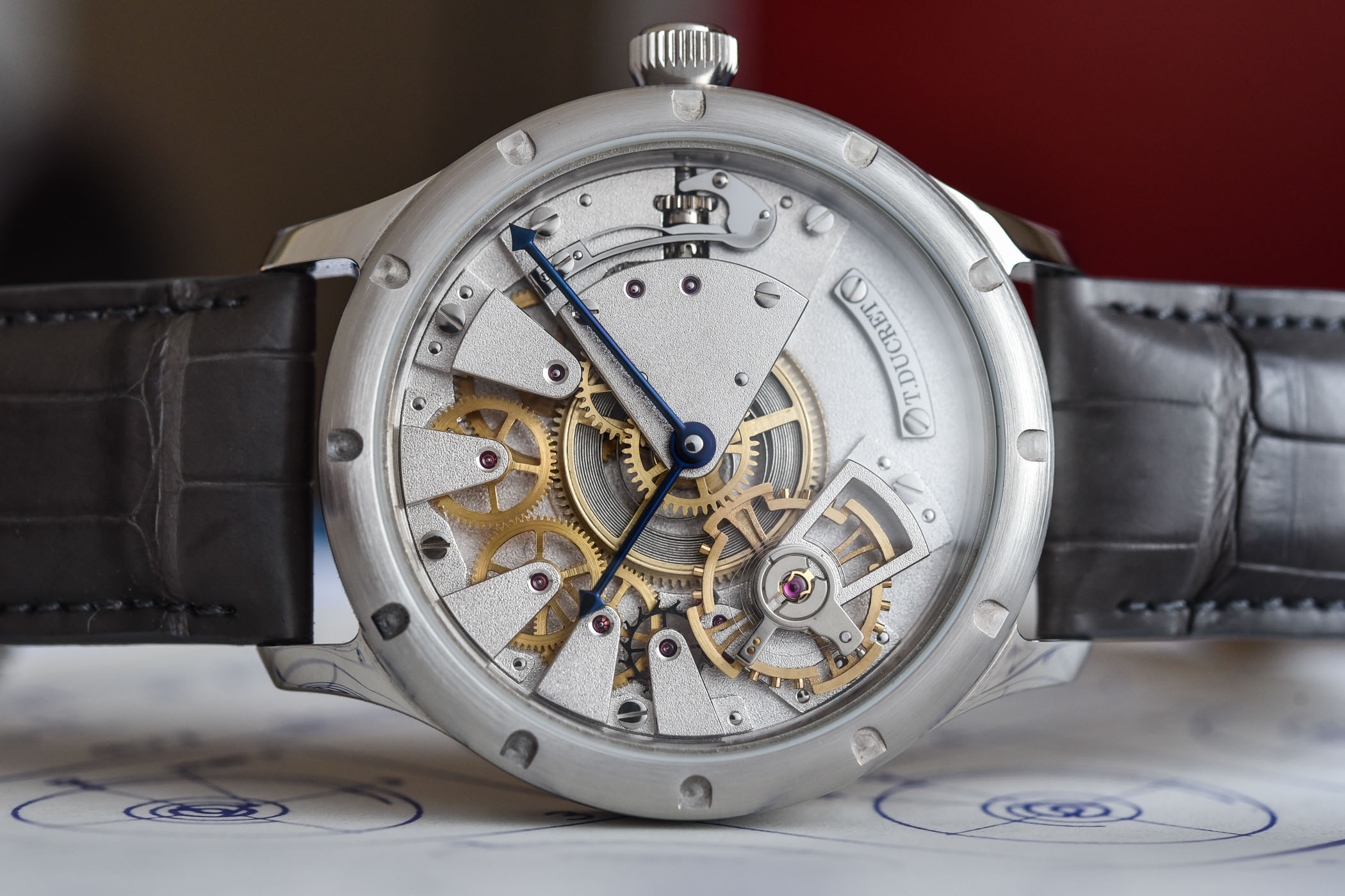
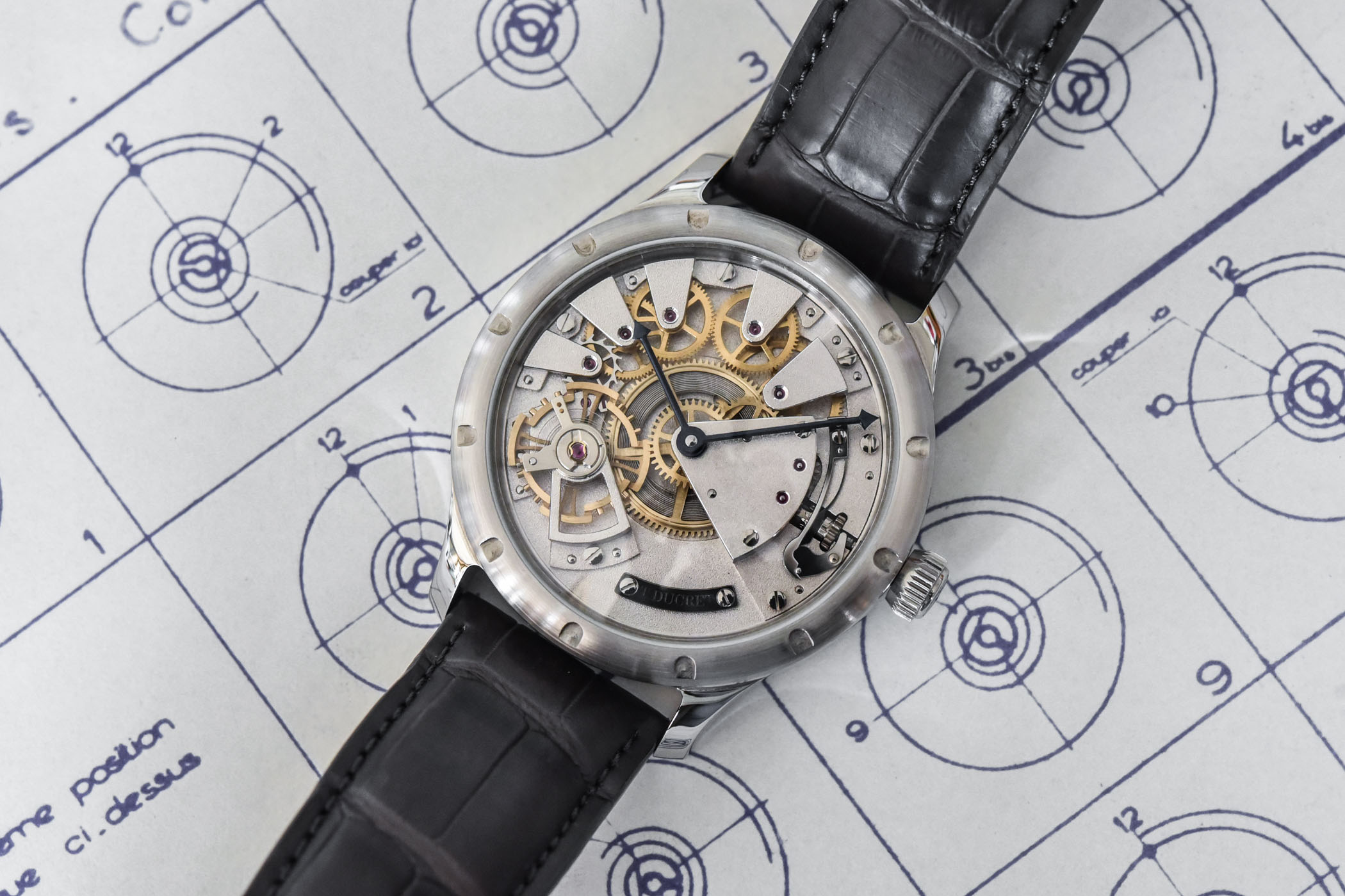
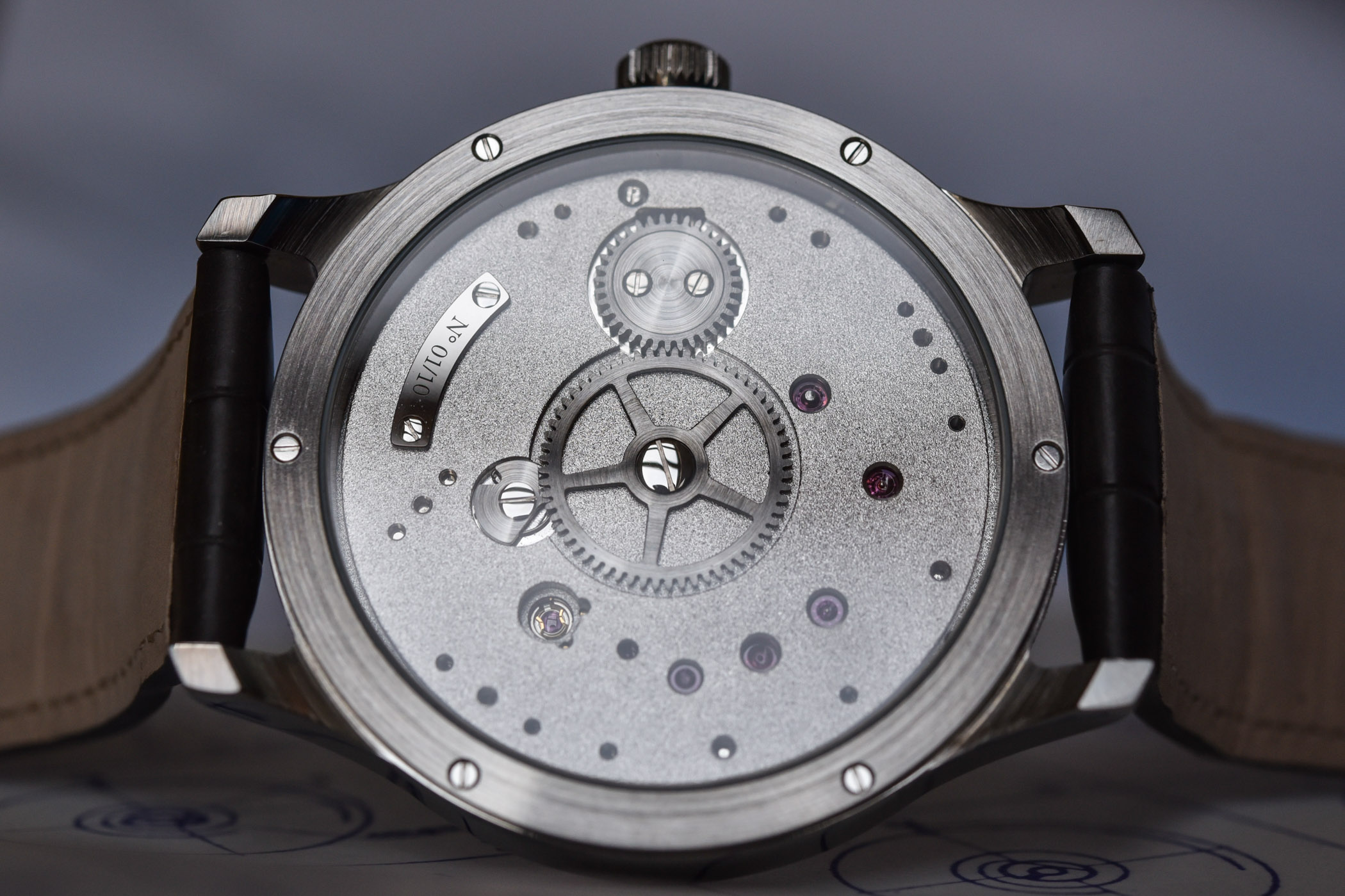
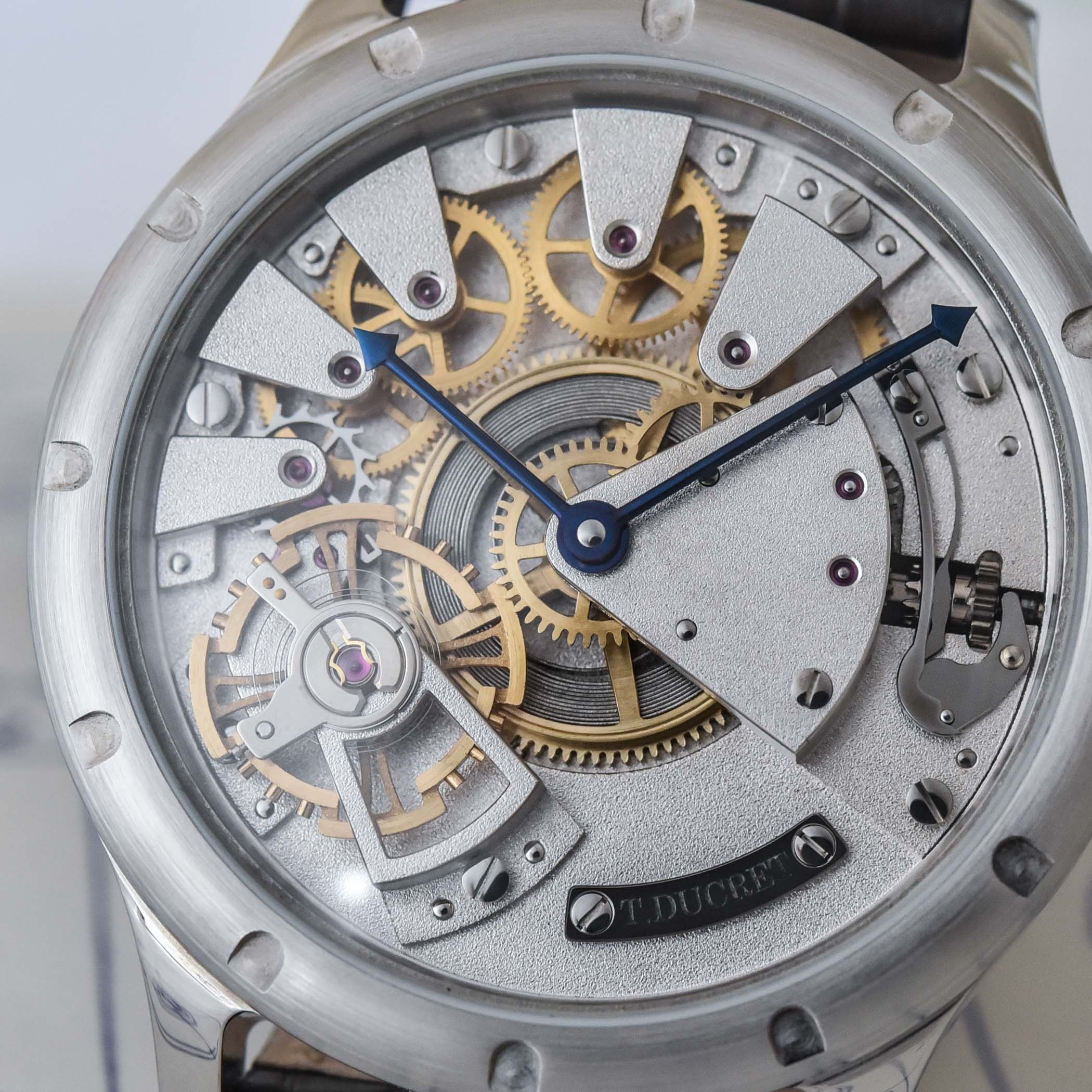
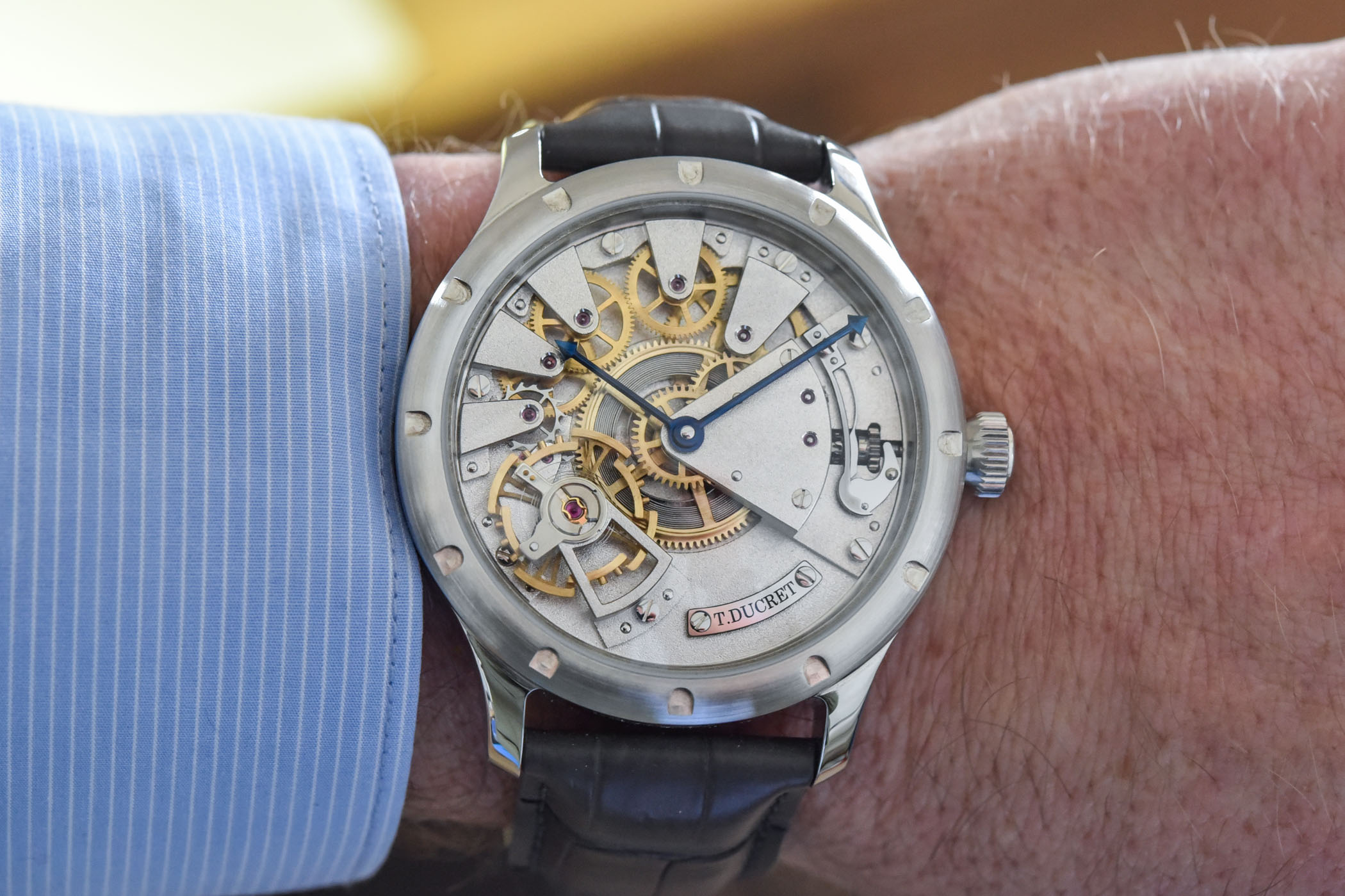



7 responses
i like all these independent watchmaking watches. but what I don’t understand is that people always speak of handcrafted and traditionally manufactured. But then still parts of an industrially manufactured “cheap watch movement UN 6497” are used. For example, aöso a Manuhrin KMX 80 is also not specifically a traditional machine. The price definitely speaks for independently made.
Look at lecomte_watchmaker his Instagram account. He’s a friend from Ducret, also makes his own pieces and also is a professor at the Morteau watch school
The bezel is screw-in but the caseback is tiny screws fastened? Baffling…
Super nice!
The Saxonia Outsize Date in pink gold with an argenté dial (Ref. 381.032) retails for EUR 26,300. Ducret will retail for over EUR 50,000. I prefer two Saxonia with these money, if I had…
And like A. Silberstein they go bankrupt, and I have again let a beautiful timekeeper getting discarded in the metal scrap…NEVER again…
Really nice illustration of how a watch is put together but not a lot of use for actually telling the time without some kind of dial